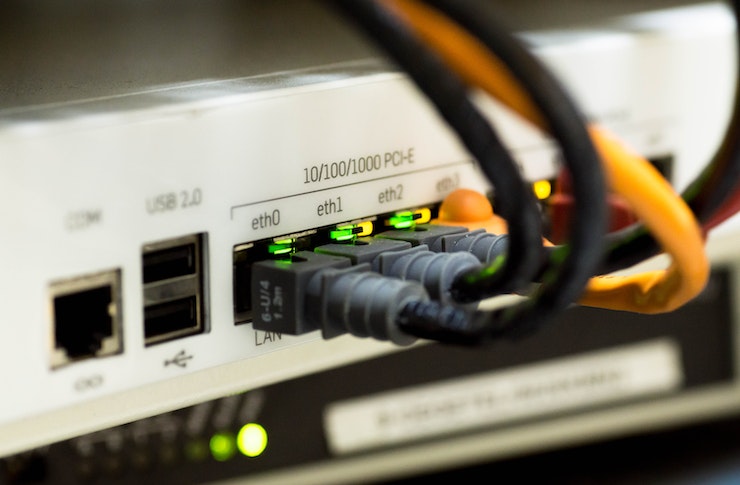Choosing Compatible Components for Smooth Upgrades
Upgrading a PC or integrating new peripherals can extend device life and improve performance, but compatibility matters. This article outlines practical steps to verify hardware, firmware, and connectivity before buying parts or scheduling repairs, with an emphasis on sustainable and reliable choices.

Upgrading devices or swapping components requires more than picking parts that look similar. Compatibility spans physical fit, electrical specifications, firmware versions, and software driver support. Thoughtful planning reduces the chance of wasted purchases, unexpected repair work, or degraded security. This article walks through the key checks and practical habits—covering hardware, gadgets, peripherals, networking, and firmware updates—that help ensure smooth, sustainable upgrades worldwide.
How do I check compatibility between components?
Start by matching form factors and interfaces: confirm motherboard sockets, RAM type (DDR3/DDR4/DDR5), drive interfaces (SATA, NVMe), and power supply connectors. For peripherals, verify USB versions and port types or that expansion cards fit available slots. Consult manufacturer specifications and use online compatibility tools or community-verified lists. Pay attention to electrical limits (TDP for CPUs, PSU wattage) and physical clearances for cooling. Compatibility checks reduce the risk of damage during installation and help avoid returns or repair work.
What should I consider for smooth upgrades?
Plan upgrades in layers: prioritize components that unlock the most performance for your use case—storage speeds for responsiveness, more RAM for multitasking, or a GPU for graphics and AI workloads. Factor in repairability and the potential to refurbish later; modular choices and standard interfaces support sustainability. Keep a parts list, document firmware versions, and ensure you have the right tools for safe installation. If you rely on local services for installation or repair, verify that providers understand both legacy and modern hardware to avoid compatibility surprises.
How can performance and benchmarking guide choices?
Use benchmarks to quantify expected gains and avoid mismatched expectations. Real-world tests—application-specific or synthetic benchmarks—show how upgrades affect performance. Compare components based on throughput, latency, and energy efficiency rather than marketing labels. Remember that firmware and drivers affect results: an update can change performance, and AI-accelerated features may require specific firmware or software stacks. Consistent benchmarking before and after upgrades helps with troubleshooting and validates the value of an investment.
How does connectivity and networking affect upgrades?
Connectivity extends beyond Wi-Fi and Ethernet: consider how peripherals, external drives, and display interfaces interact with new components. Upgrading a network card or router can unlock faster speeds, but ensure other devices support those standards. For multi-device setups, verify switch and hub capabilities, and review network driver support for your operating system. Proper cabling, correct port assignment, and firmware-aligned devices reduce latency and improve stability for streaming, remote work, and synchronization between gadgets.
What firmware and security steps are needed?
Firmware updates often resolve compatibility or stability issues, so check for BIOS/UEFI updates and peripheral firmware before and after installation. Always follow vendor guidance: read release notes for compatibility fixes and known issues. Maintain current drivers and apply security patches promptly; outdated firmware can expose devices to vulnerabilities. Back up system settings before flashing firmware, and have a recovery plan in case an update fails. For security, enable secure boot where appropriate and verify drivers come from trusted sources.
How to troubleshoot common upgrade issues?
If a system won’t boot after an upgrade, isolate by reverting to the original component or booting with minimal hardware. Check error codes, beeps, or LED indicators and consult manuals for diagnostics. For peripheral recognition issues, test different ports and cables, and update drivers or firmware. If performance drops, verify thermal throttling, power delivery, and BIOS settings like XMP/DOCP for memory. Community forums, manufacturer support, and local repair services can provide targeted troubleshooting steps when basic checks don’t resolve the problem.
Choosing compatible components involves technical checks, realistic expectations, and attention to firmware and security. By validating physical fit, electrical requirements, drivers, and network interactions, you minimize repair needs and improve the chances of a successful, sustainable upgrade. Documenting versions, testing with benchmarks, and having a rollback plan help keep projects predictable and maintain long-term device health.





